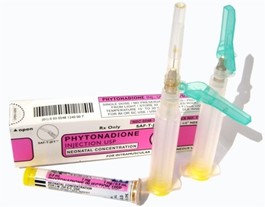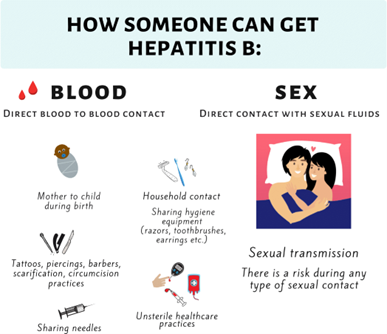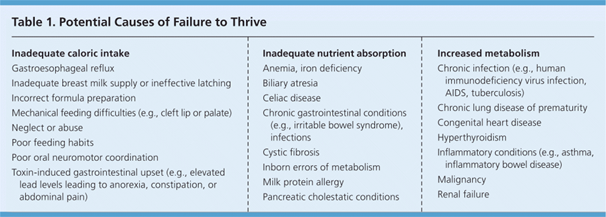The practical nurse (PN) is caring for an adolescent with type 1 diabetes mellitus who presents with an HbA1c of 11% (97 mmol/mol), thirst, and blurred vision.
Which action should the PN take first?
Review prior insulin prescriptions.
Check blood pressure.
Obtain point-of-care glucose.
Assess urine for ketones.
The Correct Answer is C
The first action the PN should take is to obtain a point-of-care glucose test. This will provide immediate information about the patient's blood sugar level and help guide further interventions.
Option A, reviewing prior insulin prescriptions, is important but not the first priority.
Option B, checking blood pressure, is also important but not the most immediate concern.
Option D, assessing urine for ketones, can provide useful information about the presence of ketones in the urine, which can indicate diabetic ketoacidosis, but it is not the first action that should be taken.
Nursing Test Bank
Naxlex Comprehensive Predictor Exams
Related Questions
Correct Answer is D
Explanation
The best response for the PN to provide is that **an immunization may be administered for hepatitis B, and a consent form must be signed**. Phytonadione is a form of vitamin K that is given to newborns to prevent vitamin K deficiency bleeding (VKDB)¹. Vitamin K should be administered to all newborn infants weighing>1500 g as a single, intramuscular dose of 1 mg within 6 hours of birth¹. However, this is not the only injection your baby may receive while in the newborn nursery. An immunization for hepatitis B may also be administered before you can go home⁴.


Correct Answer is D
Explanation
To best help develop interventions for a toddler with failure to thrive due to inadequate caloric intake, the practical nurse (PN) should monitor parent-toddler interaction. Observing how the parent and toddler interact during mealtimes can provide valuable information about the child's eating habits and any potential issues that may be contributing to the inadequate caloric intake. The PN can use this information to develop interventions that address any identified issues and promote healthy eating habits. The other observations listed may also be important to monitor, but observing parent-toddler interaction is the most useful in this situation.

Whether you are a student looking to ace your exams or a practicing nurse seeking to enhance your expertise , our nursing education contents will empower you with the confidence and competence to make a difference in the lives of patients and become a respected leader in the healthcare field.
Visit Naxlex, invest in your future and unlock endless possibilities with our unparalleled nursing education contents today
Report Wrong Answer on the Current Question
Do you disagree with the answer? If yes, what is your expected answer? Explain.
Kindly be descriptive with the issue you are facing.
